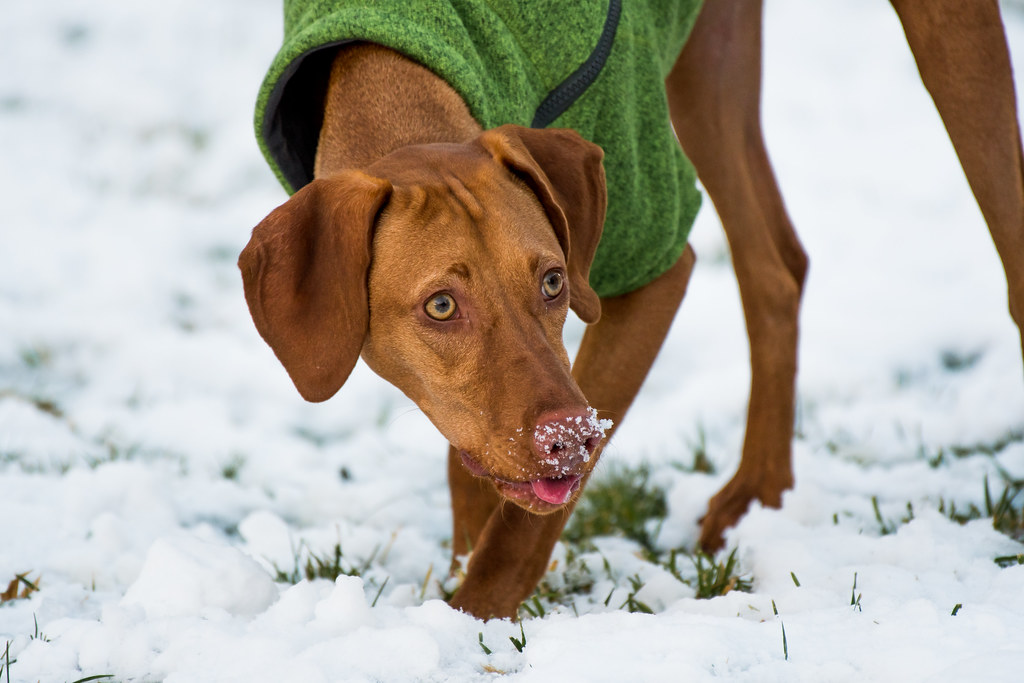Think you know a thing or two about vizslas? Read on to learn more about these regal Hungarian hunting dogs.
Vizslas are a sleek, high-energy action dog that loves to go home and snuggle after a hard day’s work or play. Sensitive, inquisitive, and liable to get into trouble without a lot of regular exercise, these dogs thrive on positive reinforcement and love (and honestly, who doesn’t?)
If you’re looking for a couch potato breed who doesn’t mind staying home alone for extended periods of time, the Vizsla is not the dog for you—so make sure to hire a loving sitter when you can’t be around to spend quality time with them (Rover.com has lots of amazing sitters who offer dog boarding across the country). But if you want a hiking, hunting, swimming adventure buddy who can keep up with an active family, a Vizsla just might make your life complete.
Vizslas are all redheads
Vizsla colouring is distinctively beautiful. Warm russet tones with a hint of gold are the norm, with a red nose and red skin around the eyes—no black allowed.
The V stands for VELCRO
The original “velcro dog,” Vizslas are famous for following you around the house, demanding snuggles, and making sure you’re never alone (yes, even in the bathroom).
Vizslas are high-energy dogs bred for hunting
To combat the over-saturation of Corgi pictures, here is a Vizsla
These action-packed puppers need 1-2 hours of exercise a day well into maturity.
A Vizsla’s top speed is 40 mph
They are one of the top 10 fastest dog breeds.
Vizsla eyes are blue when they first open
Blue-green eyes fade to grey, ending in a warm yellow-brown with no visible white as the dog matures.
Vizslas are extremely sensitive
These gentle souls require patient and consistent training.
Vizslas are excellent swimmers
But unlike big-time water dogs like Labradors, vizslas have no insulating undercoat.
What they DO have are webbed feet, which help them get around quickly as they swim.
Vizslas are an ancient Hungarian dog breed

via: Toldin Vizslas
Documentation of the breed exists as far back as 1357, and scholars believe the breed may have originated in the 9th century.
Vizslas were used to create the Weimaraner and GSP breeds
Vizslas lend their hunting ability and trainability to the foundation of both the Weimaraner and German shorthaired pointer breeds.
Wirehaired Vizslas are considered a separate breed
Vizslas were crossed with German wirehaired pointers to create a dog better suited to winter hunting with a bushy coat and a slightly sturdier build.
Vizslas have a fine short coat
Unlike other dogs that love to swim, vizslas don’t have an insulating undercoat. On the plus side, they have very little odour and don’t need a ton of grooming.
Vizsla means “pointer” in Hungarian
Nothing more, nothing less! “Vizsla” literally means “pointer,” and refers to the breed’s ability to point and find game.
_
Featured image: Bird dog Birdie





